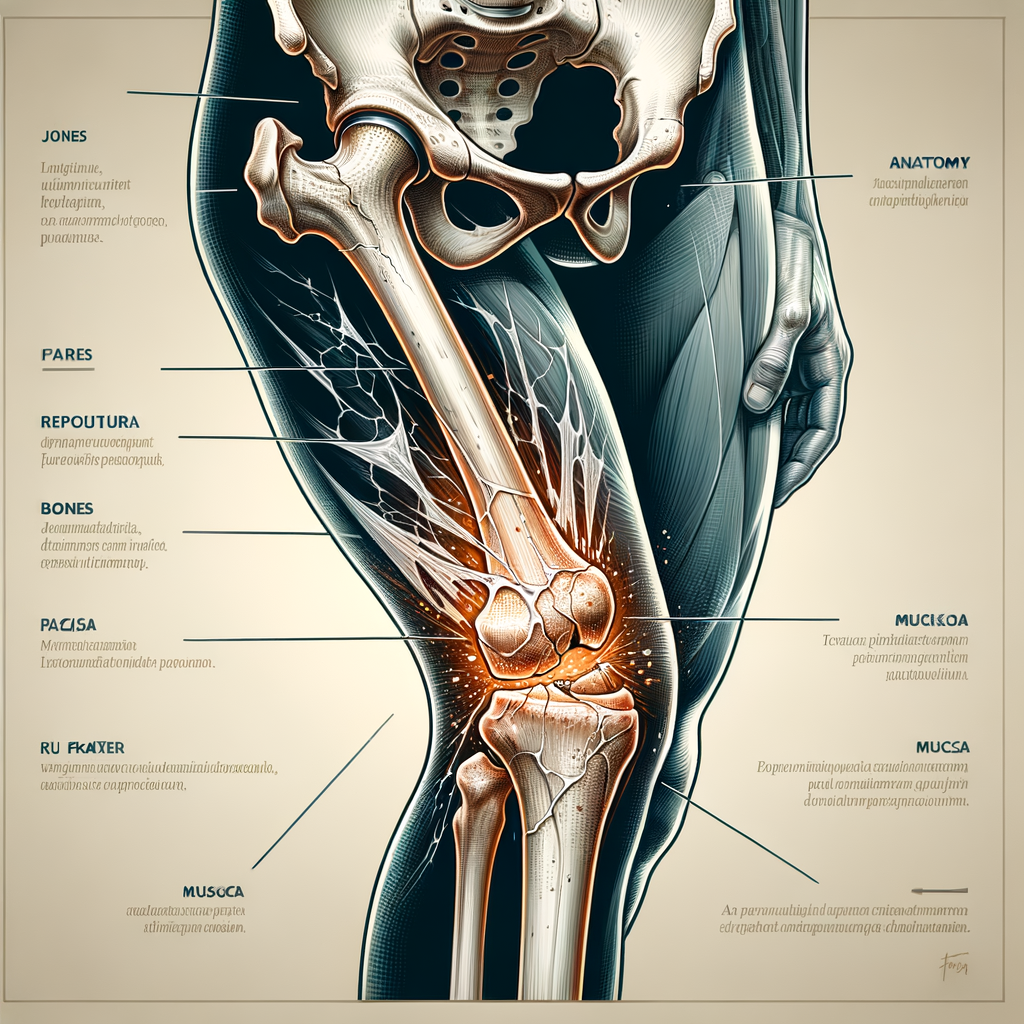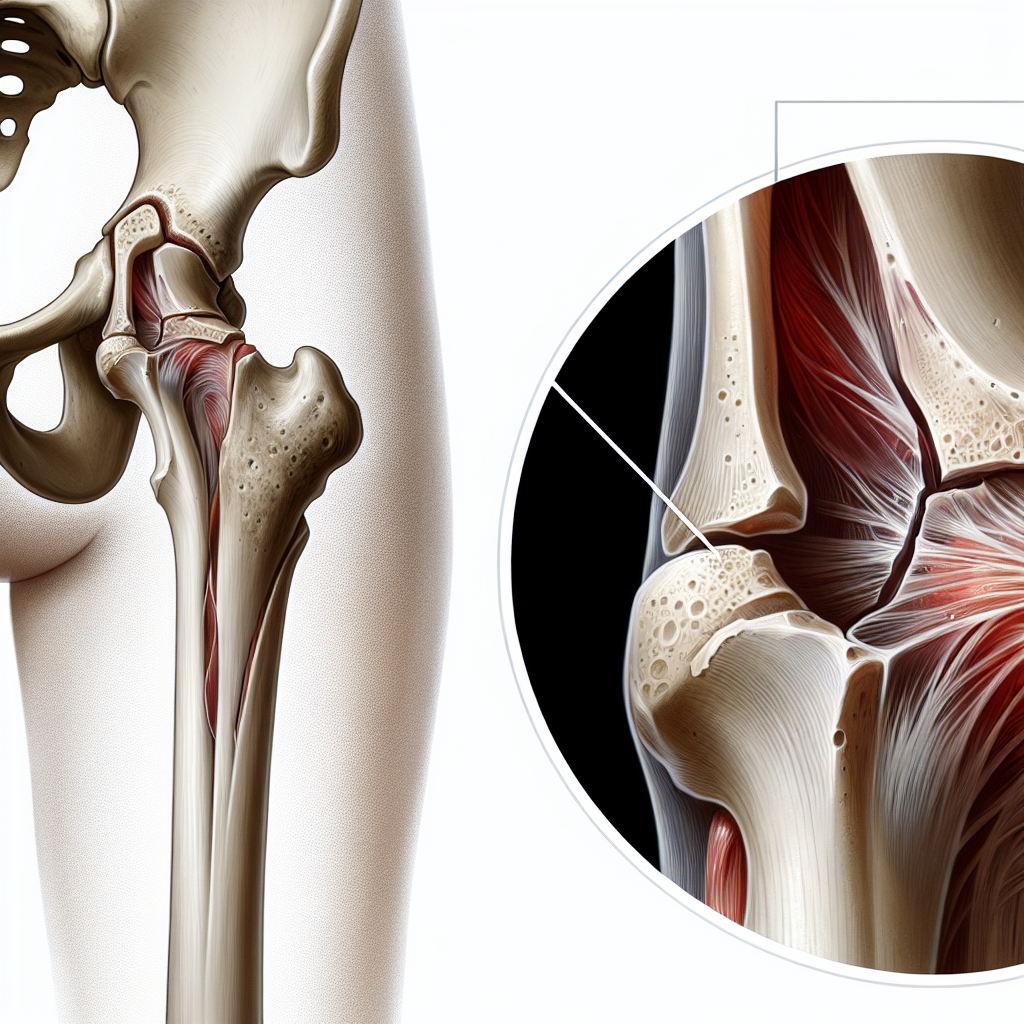Femur Fracture Injury: An In-depth Analysis

A femur fracture injury, also known as a broken thigh bone, is a serious and painful injury that often requires extensive treatment and a long recovery period. This article will delve into the causes, symptoms, treatment options, and recovery process of femur fracture injuries.
Causes of Femur Fracture Injuries
The femur is the longest and strongest bone in the human body, and it takes a significant amount of force to break it. Common causes of femur fractures include high-impact trauma such as car accidents, falls from great heights, and sports injuries. In older adults, a femur fracture can occur as a result of osteoporosis, a condition that weakens the bones and makes them more susceptible to fractures.
Symptoms of a Femur Fracture
Some of the most common symptoms of a femur fracture include severe pain in the thigh, swelling and bruising, inability to move the leg, and a visible deformity in the leg. In some cases, the broken bone may even pierce through the skin, a condition known as an open or compound fracture.
Treatment Options for Femur Fractures
Treatment for a femur fracture often involves surgery to repair the broken bone. This may involve the use of metal rods, screws, or plates to hold the bone in place while it heals. In some cases, a cast or brace may be used instead of surgery. Pain management is also an important part of treatment, and may involve medications, physical therapy, and other methods.
Recovery from a Femur Fracture
Recovery from a femur fracture can be a long and challenging process. It often involves physical therapy to regain strength and mobility in the leg, and may take several months to a year or more. The exact recovery time will depend on the severity of the fracture, the patient’s overall health, and the effectiveness of their treatment plan.
Preventing Femur Fractures
While it’s not always possible to prevent femur fractures, there are steps you can take to reduce your risk. These include maintaining a healthy lifestyle to keep your bones strong, wearing protective gear when participating in high-risk activities, and taking precautions to prevent falls, especially in older adults.
Conclusion
Femur fracture injuries are serious and often require extensive treatment and a long recovery period. However, with the right treatment plan and a commitment to recovery, most people can regain their strength and mobility and return to their normal activities. Remember, prevention is always better than cure, so take steps to protect your bones and reduce your risk of injury.
Meta Keywords:
- Femur Fracture
- Broken Thigh Bone
- Femur Fracture Symptoms
- Femur Fracture Treatment
- Femur Fracture Recovery
- Femur Fracture Prevention
Note: The article should be accompanied by a cartoonish image depicting a femur fracture or the recovery process. This image should be set as the featured image for the article.







